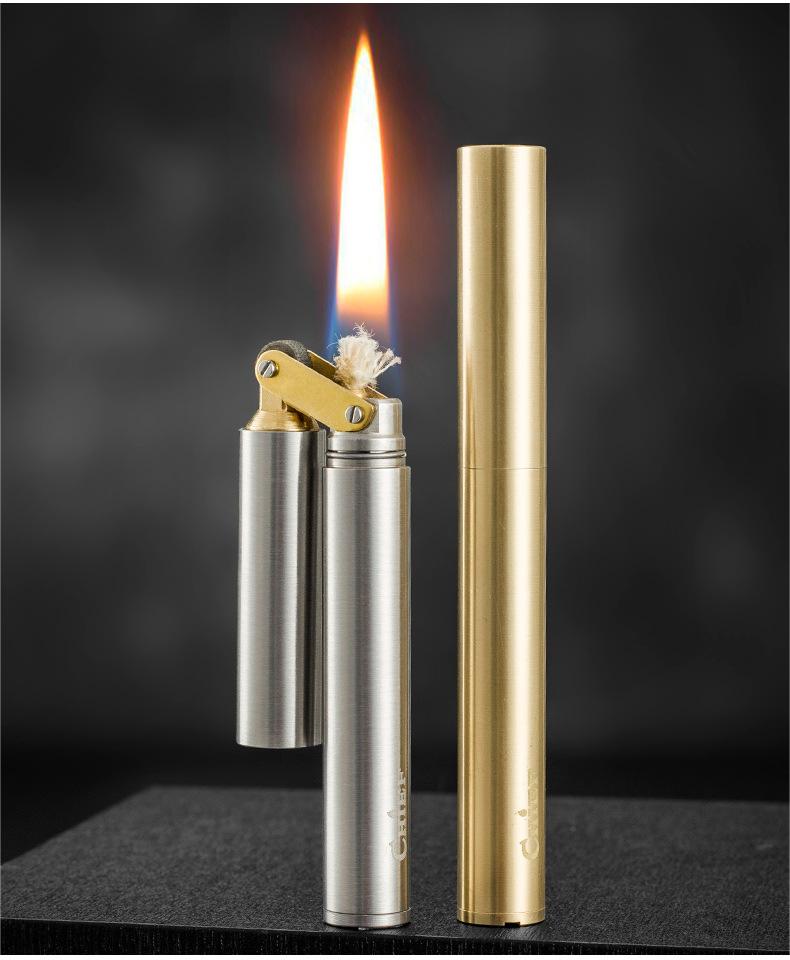Lighters are a small but indispensable tool that many people carry with them in their pockets or purses. They are used for lighting candles, and even outdoor fires. Despite their ubiquitous nature, few people take the time to consider the history and variety of lighters available.
The earliest form of lighters was a simple piece of flint that could be struck against steel to produce a spark. This method was not very reliable, and it could take many attempts before a flame was produced. As technology advanced, so did the design of lighters. In the early 20th century, the first gas lighters were developed, which used pressurized gas to produce a flame. These were an improvement on flint and steel, but they were still quite bulky and not very portable.
In the 1930s, the first pocket lighter was invented by a man named George Blaisdell. His invention, the Zippo lighter, quickly became popular due to its sleek design and reliability. It used a liquid fuel, which could be easily refilled, and a flint to produce a spark. The Zippo lighter became an iconic symbol of American culture, and many people still collect them today.
Other types of lighters have been developed over the years, including electric lighters that use a heating element instead of a spark, and disposable lighters that are cheap and easy to use. Some lighters even incorporate other features, such as a bottle opener or a flashlight.
Despite the variety of lighters available, safety is always a concern. All lighters should be used responsibly and kept out of reach of children. It is also important to dispose of lighters properly, as they can be a fire hazard if not disposed of correctly.
In conclusion, lighters have come a long way since their early days as flint and steel. Today, there are many different types of lighters available, each with its own unique features and benefits.

